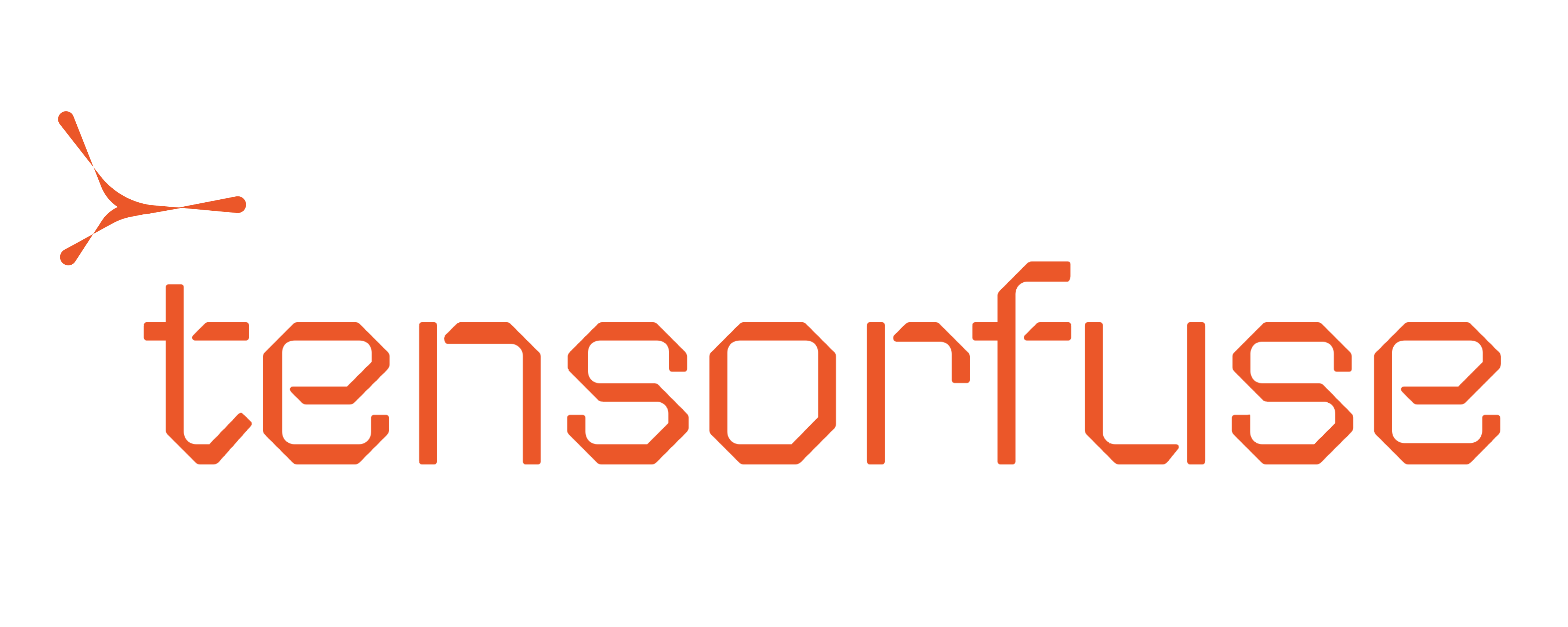Modalities you can deploy
Deploy and scale everything from large language models to specialized audio and video processors.LLMs & SLMs
Serve models like OpenAI OSS, Llama 3 or Mistral for chatbots, agents, and Retrieval-Augmented Generation.
Image & Video Generation
Deploy text-to-image models like Stable Diffusion to generate visuals with a simple API call.
TTS and ASR models
Build powerful speech-to-text services with Whisper or create realistic text-to-speech applications.
Custom Models
Deploy your own custom trained models for any use case such as rerankers, embedders or voice activity detection.
A Complete Platform for AI Workloads
Tensorfuse provides a single platform for the entire model lifecycle. It lets you:- Serve models as auto-scaling web endpoints that handle traffic spikes and scale to zero.
- Run asynchronous jobs for batch inference, data processing, or large-scale model evaluations.
- Launch finetuning runs on your own private data to create powerful, specialized models.
- Spin up interactive GPU-powered development environments with your code pre-loaded for experimentation.
- Manage project secrets and mount persistent volumes for stateful applications.
- Automate your MLOps workflow using our GitHub Actions integration.

